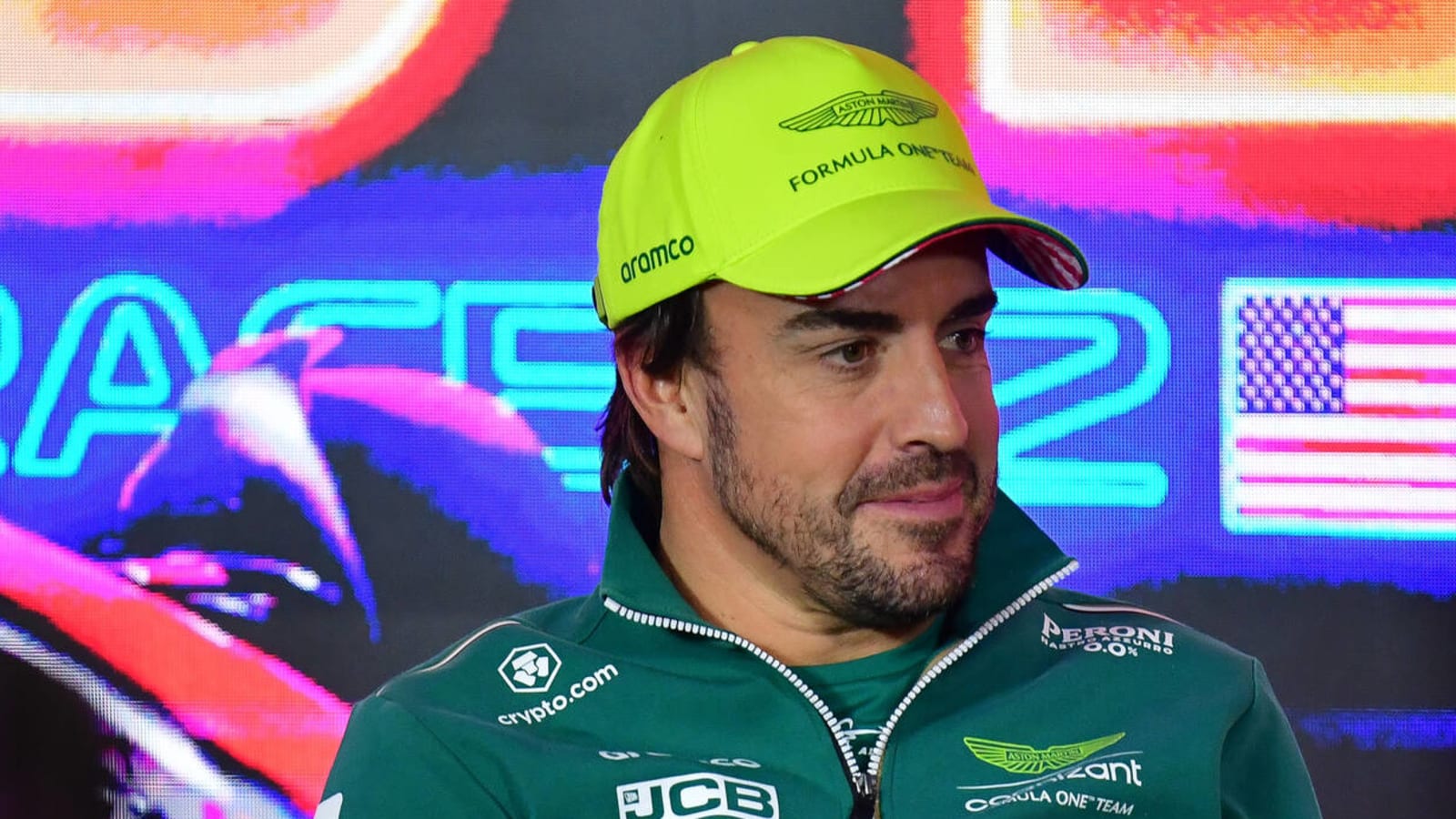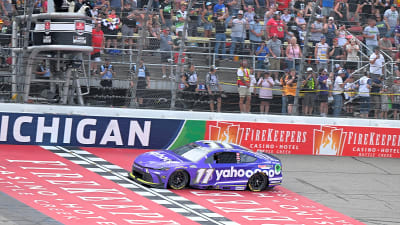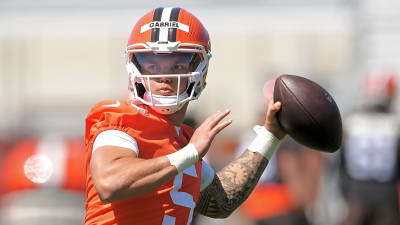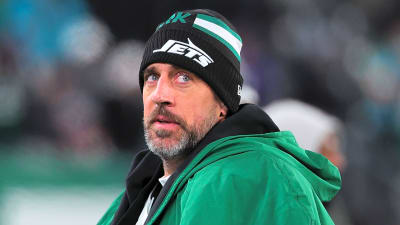
Fernando Alonso's second act is changing the conversation about age in Formula One
Formula One is an intensely physical sport. Drivers perform complicated, pitch-perfect, split-second movements over the course of several hours, and they do so while facing G-forces that are more than double those of the world's most vicious roller coasters.
With all of that stress and struggle, it's no wonder that successful drivers tend to be young. Reigning world champion Max Verstappen was racing F1 cars before he got a road license; seven-time world champion Lewis Hamilton won his first title when he was just 23.
Current health and safety measures show that drivers lose muscle and performance between the ages of 30 and 35. With just 20 available seats on the F1 grid, that means that aging drivers are always at risk of being pushed out by younger, physically fitter challengers.
But Spanish driver Fernando Alonso, clocking in at 42 years old, is showing everyone that performance gains are possible well beyond one's 30s.
️"I've been exceeding a little bit the expectations in terms of all the physical tests."
— Autosport (@autosport) February 13, 2024
Fernando Alonso says some "surprising" medical test results this winter have left him open to the possibility that he could race on in #F1 until he is 50 ⬇️https://t.co/q1Iuhh7i7s
Alonso began his F1 career in 2001, a few months before McLaren's hyped driver Oscar Piastri — Alonso's current competitor on the grid — was born. He raced at a high level for 17 seasons, winning two world championships along the way, before retiring in 2018 at 37.
But after a few years away from the sport, Alonso returned for a second act. He's been one of the most competitive racers in the world clear through his early 40s, fending off challenges from younger drivers — and his recent physical tests show how.
"We have historical data of my body's cardio performance in one, two and five kilometers, in a resting state, in 1,001 tests of fat and muscle," Alonso said. "In some tests over the last five or six years, there was a minimal drop in performance, especially in terms of muscle — because from the age of 30 or 35, you lose a little muscle.
"This year, we have been able to recover it to maximum levels."
Alonso's secret? Improved nutrition, efficient travel and quality time off.
"A few years ago, I would say that maybe 40 or 41 was the limit," Alonso said of a racing retirement age. "This winter, I've been exceeding a little bit the expectations in terms of all the physical tests and everything that I did, so I will say that if you are motivated, and you want to commit, you can drive maybe until 48 or 49, or whatever, even 50."
That's bad news for young racers hoping to snag Alonso's seat once he leaves, but it's great news for fans of the sport. Legends like Alonso are proving that top performance isn't exclusively tied to youth, and that intelligent personal training can extend a racer's career by nearly a decade.
With Lewis Hamilton trading his long-time seat at Mercedes for a Ferrari drive in 2025, Alonso has emerged as the top candidate for his vacant position. In a sea of drivers under the age of 30, it's wily, experienced Alonso who can bring the best combination of savviness and physical fitness to the German team.
"I know that I am attractive to other teams," Alonso said when asked about his possible Mercedes future. "I will not stay in F1 just to have fun. I am not that kind of person and not that kind of driver. Let's see what the options are."
Whatever option Alonso chooses, it's thrilling to watch him thrive in this unexpected second act.
More must-reads:
- 2024 Formula One liveries and predictions: Alpine, VCARB and Aston Martin
- Vroom service: The 20 best films about racing
- The 'MLB Comeback Player of the Year award winners' quiz
Customize Your Newsletter
 +
+
Get the latest news and rumors, customized to your favorite sports and teams. Emailed daily. Always free!








